Return of Trump’s brazen; How did US domestic politics go in the first six months?
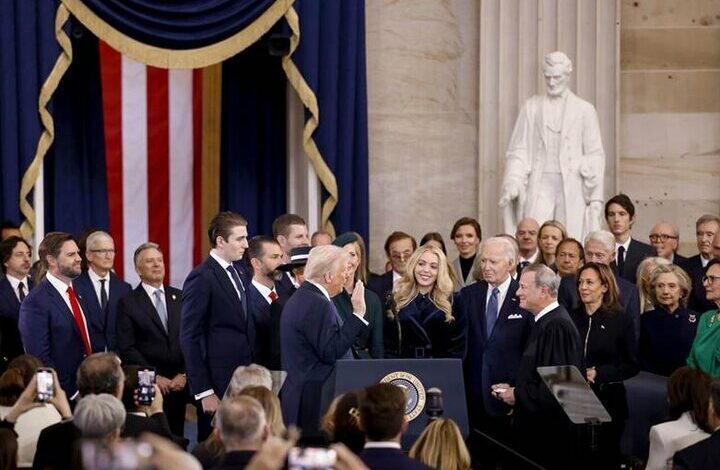
Mehr News Agency , International Group: B Refrigeration of US President Donald Trump to White House for the second round, made profound changes in domestic politics; From widespread changes in the administrative structure of the federal government to social and economic reform. Thus, Trump has changed the face of American domestic politics since the inauguration day (January 1, January 1, 2009) by implementing the plans he had promised.
establishing the Ministry of Productivity and the closure of the US International Development Agency
One of Trump’s first actions was the establishment of the Ministry of Effectiveness, led by the Ministry of Effectiveness, “ Ilan Mask, which aimed to reduce government costs and increase the efficiency of executive devices. The new ministry was tasked with reviewing all government agencies and eliminating unnecessary costs.
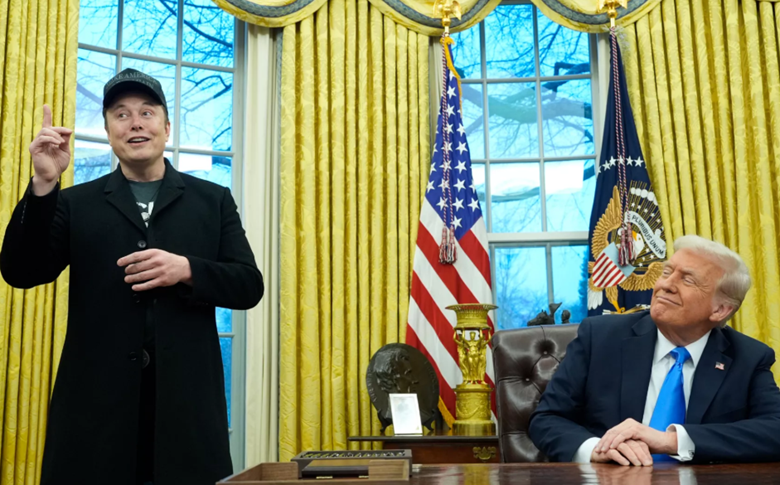
, with Mask’s recommendations, Trump issued a US International Development Agency’s closure (USAID) order and divided its duties between the State Department and the Ministry of Interest. He justified the move to focus on financial resources on domestic development and reduce dependence on foreign aid programs.
Trump believed that the agency would spend a significant budget on unnecessary projects in other countries, rather than securing US national interests. For this reason, much of the agency’s plans that dedicated to economic and humanitarian development outside the United States were completely canceled. Some emergency programs, such as humanitarian aid in the war -torn areas, remained under the direct supervision of the State Department, but other long -term plans designed for development goals were eliminated.
from other actions of the Ministry of Attorneys led by “ Ilan Musk, which is on the agenda, modifying federal government employment rules and modifying Kaman . Mask, using executive powers, facilitated the dismissal process of government employees and stated that government forces should be evaluated on their own performance, not merely on service history. With this approach, more than 6,000 employees were fired without the need for complex administrative processes.
Army transgender resignation and firing
In his second government, Trump once again revived the policy of banning the presence of transgender in the army, which had been canceled during the Biden . He linked the decision to the high costs of medical services, logistical problems and the reduction of military units. This policy included a ban on hiring people transgender and restrictions on soldiers who entered the army during the Biden .
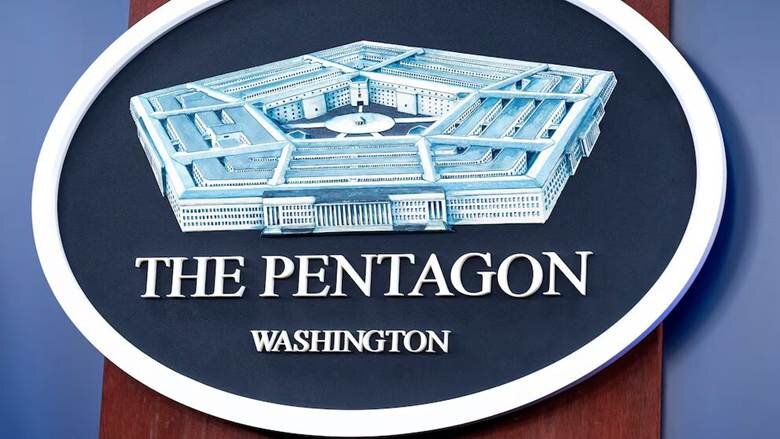
early February last year, the US Department of Defense (Pentagon) announced that the military forces transgender will be expelled from the United States Army, unless they receive disappearance. The ministry also emphasized that the US military would no longer allow people to join transgender and would stop or facilitate gender change trends for military forces.
Amnesty insurgents January 7 during congressional conquest
At the beginning of Trump’s second presidency, he issued an executive decree, a public amnesty to about 3 people participating in the January 1 attack on the Congress building.
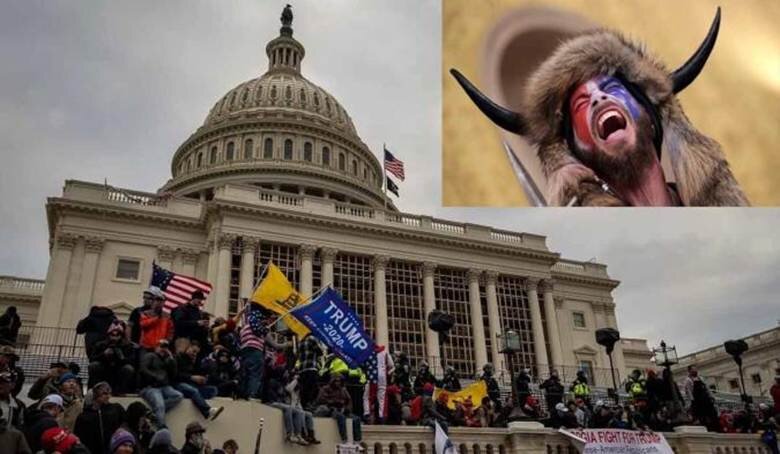
This action has received different reactions. Some of the defendants in the incident, including “ Pamela , who was sentenced to prison for participating in the attack, refused to accept the pardon, and to insult the law, and to offend the law. Also, the largest US police union, which supported Trump during the election, described the decision as a discouraging and carrier of a dangerous message.
In addition, some Republican senators also criticized the amnesty command. However, the Speaker of the US House of Representatives announced the formation of a committee to re -read the January 9 events after the order was issued. In general, Trump’s public amnesty junior amnesty sparked widespread debate in American society and raised concerns about its consequences for democracy and the rule of law.
Tax reforms and economic regulations reduction
Tax reforms, Trump has offered numerous taxes for tax cuts. According to the New York Post report, he has suggested that the tax rate of the corporation be reduced from 2 % to 5 %. Also, he seeks to eliminate the tax on social security and benefits to increase workers’ net income. In addition, Trump plans to cancel $ 1.2 for state and local tax deduction (SALT) set up in Year 2.
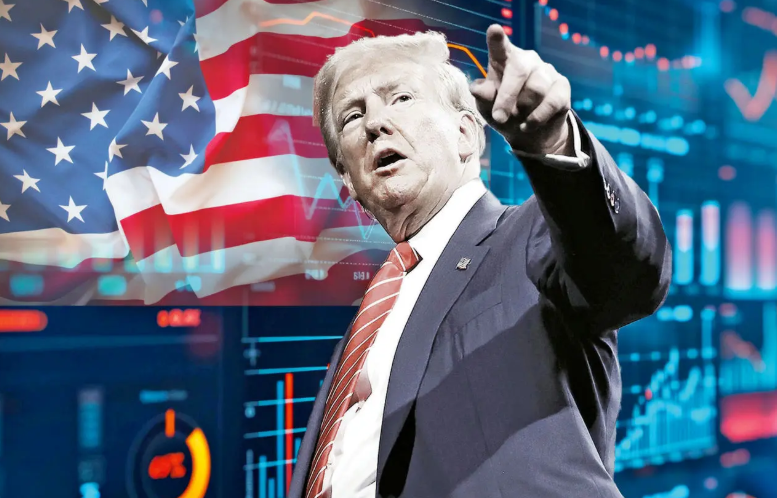
Trump has also taken steps to eliminate the rules of Traditional who, in his view, hinder economic growth. These include the abolition of some environmental and business regulations, which he says makes the business environment more competitive.
These policies have received different reactions. Supporters believe that tax cuts and regulations can lead to economic growth and job opportunities. However, critics are concerned about the negative impact of these policies on the environment and the increase in economic inequality. For example, the cancellation of state and local tax deductions may benefit high -income people in high taxes and lead to increased inequality.
immigration constraints and more rigid policies
During the second term of Donald Trump’s presidency, strict immigration policies have had a widespread impact on immigrants and asylum seekers.
Trump once again implemented the “zero-tolerance” policy towards illegal immigrants. This policy led to the prosecution of all those who were illegally crossing the border, even if they were with children. Also, the construction of a border wall with Mexico, which began in the first term of Trump’s presidency, was on the second term. The purpose of the project is to prevent illegal immigrants from entering and enhancing border security.
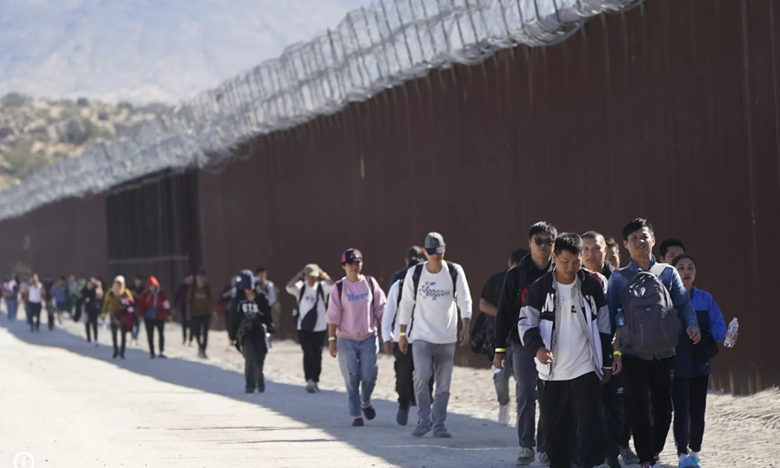
Increasing immigration policies, Trump imposed new restrictions on visa and asylum. For example, in February 1 (January 1), he issued an executive order that exacerbated the security review process for visa and asylum applicants. The order resulted in a decrease in the number of asylum seekers and an increase in the duration of migration files.
Trump also imposed new restrictions on immigration from predominantly Muslim countries that were controversial and faced with domestic and international protests. For example, in March (March 1), the Trump administration announced that it plans to ban the arrival of Afghan and Pakistani citizens into the United States. The decision was followed by security investigations and concerns about terrorism and could affect the thousands of people waiting for resettlement in the US.
facilitate weapons-related rules
During the second term of Donald Trump’s presidency, weapons-related policies continued to support firearms. Emphasizing the second amendment of the US Constitution, Trump has attempted to reduce the limitations on weapons and facilitate citizens’ access to firearms.
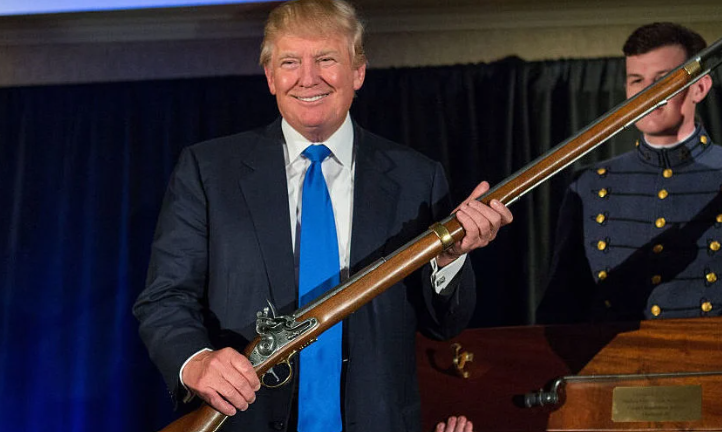
Trump canceled some of the restrictive weapons restrictive rules imposed in previous governments. For example, he reduced the restrictions on weapons in the federal areas and allowed citizens to carry their weapons in these areas with valid licenses. The Trump administration also supported and attempted to expand these laws nationally to hide weapons laws that allow citizens to carry their weapons secretly.
These policies have received different reactions. Supporters of the right to carry weapons welcomed Trump’s actions and considered it a step towards strengthening individual freedoms. In contrast, weapons -control groups and some local and state officials expressed concerns about the increase in armed violence and public security threats.
Donald Trump’s return to the White House made fundamental changes in US domestic politics. From tax and economic reforms to immigration and social policies. Trump tried to implement his election promises and regulate the structure of the federal government based on his principles.
his policies, including the establishment of the Ministry of Interests, the expulsion of government employees, and new restrictions on immigrants, prompted widespread reactions from various political factions. His supporters saw these changes as an action to reduce costs and strengthen domestic security, while critics were concerned about the negative consequences of these policies on social structure and human rights.
, overall, Trump’s internal policies were a reflection of his conservative, nationalist and extremist ideology, which at the same time caused many of his decisions, including the abolition of some environmental regulations and the expansion of weapons. At the same time, structural and social changes in the federal government and the army have also fueled legal and political challenges.
Finally, Trump’s second presidency, which only two months have passed since today, will remain in US history due to policy changes and actions that led to profound social and economic developments.


